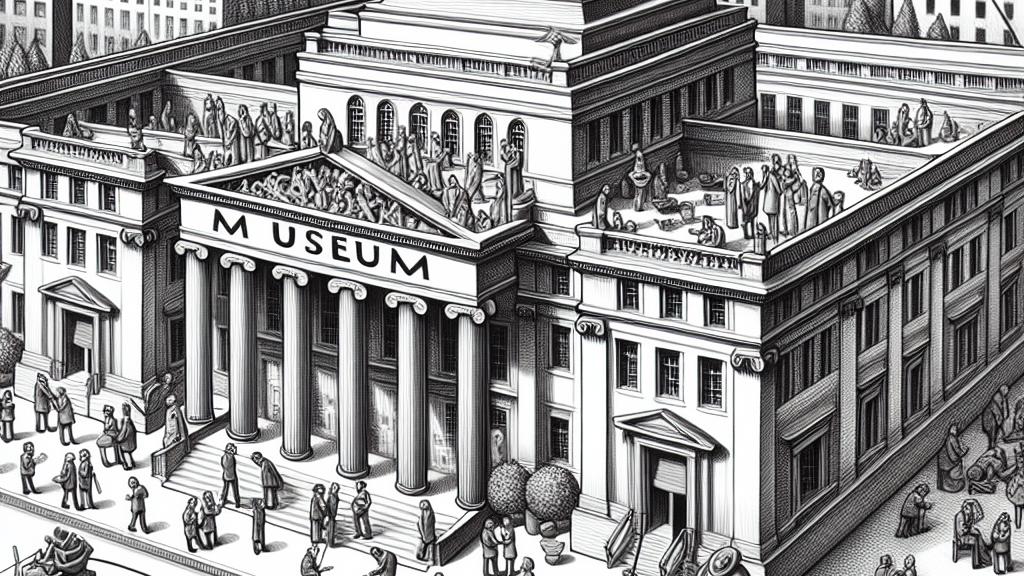Game Over for DIC Kawamura Museum: Rethinking Art in a Changing Economy!
Overview
- DIC Kawamura Museum in Chiba, Japan, will close starting January 2025 to reassess its operations.
- DIC Corporation is evaluating the museum's role in a modern economic context.
- Potential plans include downsizing, relocating, or ceasing operations entirely depending on future assessments.

The Decision to Close
In a significant move affecting the arts community, the DIC Kawamura Museum, located in Chiba, Japan, has announced its closure beginning in January 2025. This decision follows a careful analysis conducted by DIC Corporation, which found that the museum's operational costs were not producing sufficient financial returns. As a result, the company determined that it must halt museum operations to undergo a thorough reassessment of the institution's viability and contribution to the company's broader economic strategy. This step reflects a growing recognition that cultural institutions must align economically while providing value to the public.
Strategic Review by the Value Co-Creation Committee
In response to the challenges presented, DIC established a 'Value Co-Creation Committee' charged with rethinking the purpose and operations of the museum. The committee identified a pressing need to clearly define the museum's missions, such as its commitment to art preservation and community engagement, especially in the face of shareholder expectations. Their discussions have introduced a range of options for the museum's future, including downsizing, relocating to a more feasible location, or even the possibility of terminating operations altogether. This review marks a critical juncture for the museum as it seeks to adapt to an ever-evolving socio-economic landscape.
Future Directions Pending
As DIC Corporation moves forward with its plans, final decisions are expected by December 2024. The company is weighing various options, including the sale of assets and evaluating the feasibility of continued operations under a redefined strategic model. This planning is not only essential for the museum's survival but also indicative of broader trends in the cultural sector, where institutions must increasingly justify their existence against economic realities. The outcome of this process will be pivotal, potentially influencing how similar art institutions navigate future challenges in balancing cultural mission and financial sustainability.

Loading...